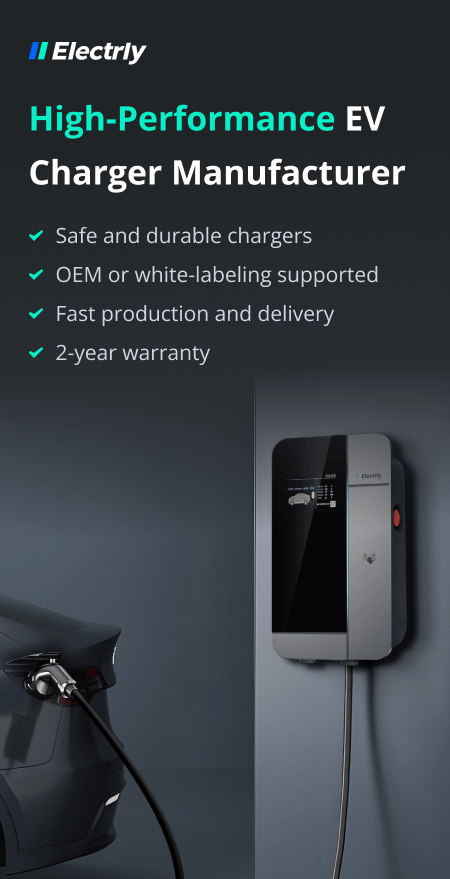Regardless of the type, fuel, or technology, all vehicles require some form of maintenance. The ICE-powered cars are known for their complicated maintenance and repair procedures, varying from manufacturer to manufacturer. The prospective EV owners will be delighted to know that electric cars are, in fact, somewhat easier to maintain, although they require different approaches and know-how.
Some mechanical components are precisely the same as fuel-burning cars. However, some systems are different and unique to EVs. Today, we will tell you all you need to know about electric vehicle maintenance, why it is essential, and how it is done.
What Kind of Maintenance Do Electric Cars Need?
Although there is no engine underneath the hood in EV models, it doesn't mean that electric cars don't require maintenance. They do. It is just a little bit different compared to ICE-powered models. Here is what you need to know.
Brake System
The EV braking system is the same as in ICE-powered cars and consists of brake disks and pads. However, due to the regenerative braking feature, which is very important for harvesting energy and providing the EV with a more extended range, the brake system needs to be properly maintained according to the manufacturer's recommendation.

Every 7,500 to 10,000 miles, brakes should be checked for wear and replaced when they are worn out. Compared to ICE-powered vehicles, EV brakes can endure longer due to the regenerative braking feature, which keeps the disks and the pads from wearing out too soon.
Suspension
There is no significant difference between EV and ICE suspension. Both types of cars use similar suspension components, shocks, strut bars, and bushings. So, maintenance is the same. However, in electric vehicles, the suspension components and bushings tend to get worn out sooner due to the increased weight of the average EV. The shocks should be regularly checked and replaced when the vehicle covers 70,000 miles.
Tires
Tires are a crucial aspect of any vehicle since they are the only thing that connects the car with the tarmac. They help handling, steering, and braking and are an integral component of performance. Some electric vehicles can develop excessive wear, so it is very important to check them every few weeks to be sure that the tire pressure is good and that the tire threads are desired depth.
If they are unevenly worn or have trouble holding air, change them. Every 7 to 8,000 miles, you should have them rotated. Also, always use the tire size the manufacturer recommends since you will only have optimal performance and handling characteristics.
Cooling System
You are wrong if you thought that only ICE-powered cars have cooling systems. Most EVs have some cooling system for the battery pack, which is fundamental for keeping the battery cool and stable. Like the engine's radiator, the battery cooling system uses liquid to keep the temperature under control.
Every 7 to 8,000 miles, you should check if the system functions correctly and the coolant level is normal. On high mileage EVs, the coolant system is flushed and overhauled when the vehicle reaches the 70,000 miles mark.
Battery Replacement
This is probably the most significant maintenance item on the list since battery replacement is not only complicated but also very expensive if it is not covered by warranty. On most modern EVs, the manufacturer's warranty for the battery pack is 7 to 8 years or 100,000 miles. However, due to various factors, batteries are known to fail in warranty.
The primary indicator of a failed battery is difficulty charging it to full capacity and significantly reduced driving range. If you require a complete battery pack replacement, it's important to take your vehicle to a licensed dealer for proper service, as they are the only ones equipped to provide reliable assistance.
Miscellaneous Maintenance Items
Just like on any vehicle, EVs can develop minor and easy-to-fix issues that shouldn't be ignored. Things like windshield wipers, light bulbs, failing trim pieces, power steering fluid, cabin air filters, and so on are things that should be addressed to have a complete driving experience. Also, owners can replace some of those items without any special tools or previous mechanical knowledge.
How Much Is the Maintenance Cost of Electric Cars?
As you might expect, electric vehicle maintenance is considerably cheaper. The exact numbers might surprise you, but electric cars have the lowest average maintenance price per mile of just $0.31 during the vehicle's lifespan. It is half of the average maintenance price for ICE vehicles which is $0.61 per mile. However, EVs have one big-ticket item: the battery pack. If you need to replace it, expect to pay at least $5000 and, in some cases, even more.
Why Do Electric Cars Require Less Maintenance?
Electric cars have significantly fewer mechanical or moving components, which results in easier and cheaper maintenance. There is no engine, no fuel system, fuel and oil filters, camshafts, valves, or exhaust. Significantly few things can actually go wrong, and except for cooling fluid and braking fluid, electric cannot develop any leaks.
There are no fuel lines that can burst and oil that could drip from the engine. Regardless of the miles that EV has covered, electric motors are virtually immune to wear and if the car is driven normally, it can cover 200,000 with nothing more than regular maintenance. It is why EVs require less maintenance.
Conclusion
Although there are fewer parts to repair and replace, EVs still require maintenance. Due to specific driving dynamics, performance, and increased weight, most EV owners need to check tires, brakes, and cooling fluid regularly, but rather than that, there are very few things that can go wrong. Of course, the main concern is the electric vehicle battery which is also the most expensive item to replace. But with proper charging intervals and normal use, the battery life can be significantly prolonged.

